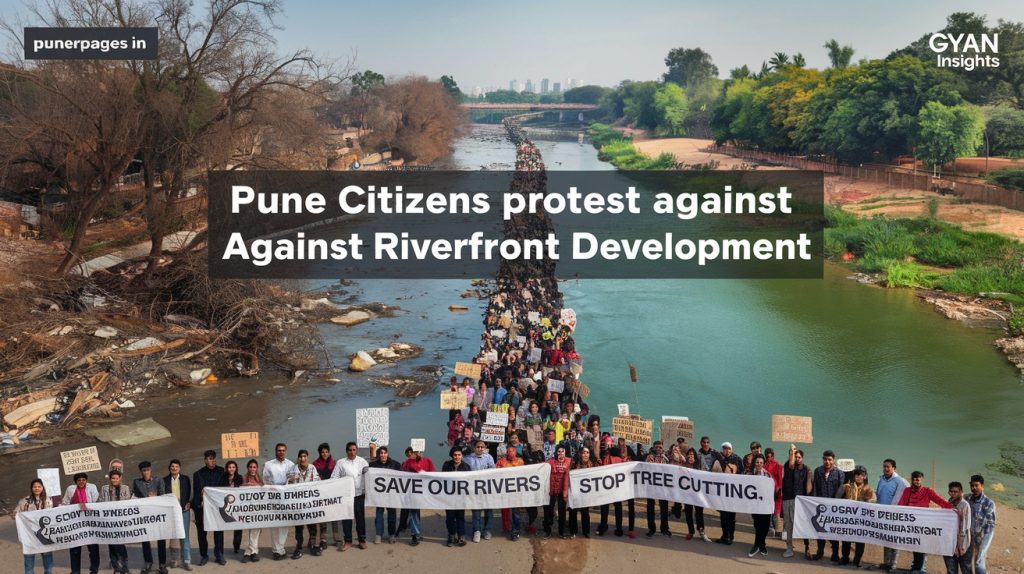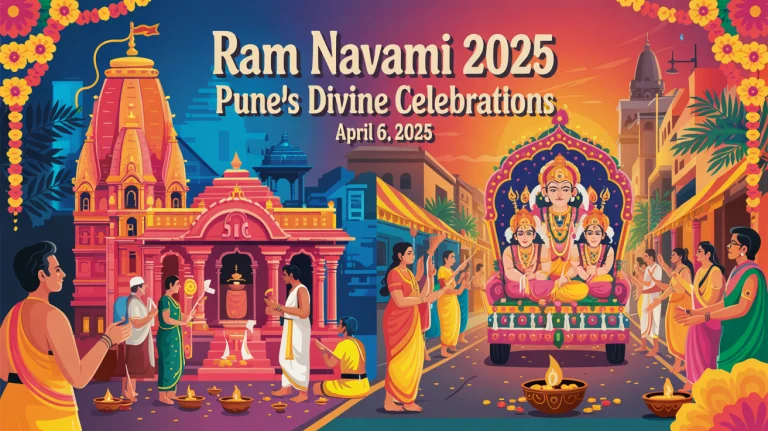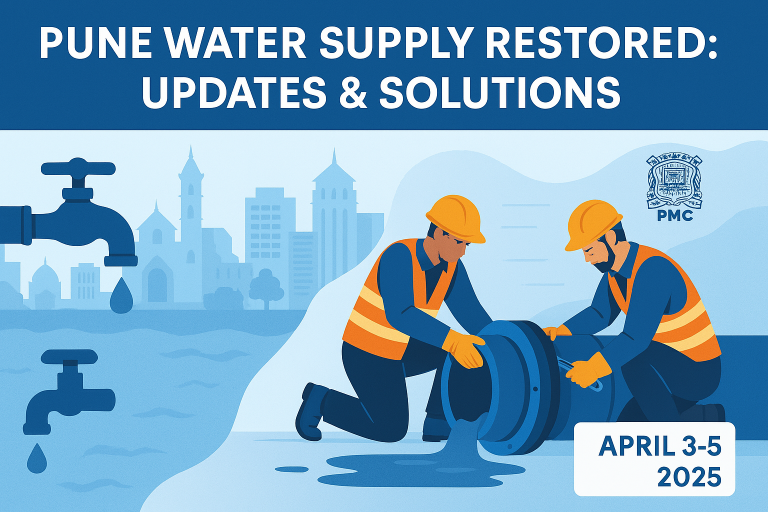
I. Introduction
- A. Overview of the Riverfront Development Project
-
- Background of the project
-
- Objectives of the development
-
- Anticipated impacts on the local environment
-
- B. Significance of Citizen Engagement
-
- Role of citizens in urban planning
-
- Historical context of civic movements in Pune
-
- Importance of public opinion in development decisions
-
- C. Purpose of the Article
-
- Explore the citizens’ protests
-
- Examine implications for future urban development
-
- Highlight the balance between development and environmental conservation
-
II. The Human Chain: A Symbol of Resistance
- A. Planning and Organizing the Event
-
- Who organized the human chain and why
-
- Timeline of the event preparation
-
- Key messages communicated to participants
-
- B. Locations and Participation
-
- Key locations across Pune where chains were formed
-
- Demographics of participants
-
- Quotes and statements from participants
-
- C. Visual Impact and Media Coverage
-
- Description of the event’s visual appeal
-
- Social media buzz and community response
-
- Coverage from local news outlets
-
III. Concerns Regarding Riverfront Development
- A. Environmental Concerns
-
- Impact on local ecosystems and wildlife
-
- Potential pollution and waste management issues
-
- Effects of construction on water quality
-
- B. Socioeconomic Implications
-
- Effects on displacement of local communities
-
- Economic impact on small businesses
-
- Long-term benefits vs. short-term development sacrifices
-
- C. Cultural and Historical Significance
-
- Historical relevance of Pune’s rivers
-
- Past developments that affected local heritage
-
- Community sentiments regarding cultural preservation
-
IV. Community Solidarity and Voices for Change
- A. Diverse Groups in Solidarity
-
- Participation from various community organizations
-
- Role of students and youth in activism
-
- Support from local environmental groups
-
- B. Testimonials and Personal Stories
-
- Interviews with local residents affected by the proposed development
-
- Narratives of how the rivers have shaped community life
-
- Emotional valence of the community’s connection to the river
-
- C. Call to Action and Future Initiatives
-
- Plans for continued advocacy and awareness
-
- Suggestions for alternative sustainable development options
-
- Plans for future events and civic engagement
-
V. Moving Forward: The Path to Sustainable Development
- A. Collaborative Solutions with Stakeholders
-
- Importance of collaboration among government, citizens, and developers
-
- Examples of successful community-led development
-
- Framework for sustainable urban planning
-
- B. Policy Recommendations
-
- Legislative actions for stronger environmental protections
-
- Strategies for community involvement in future projects
-
- Importance of public forums and consultations
-
- C. Lessons Learned for Future Development
-
- Understanding public opposition and its implications
-
- Importance of early engagement in planning processes
-
- Long-term vision for urban development in Pune
-
Conclusion
- Summary of key findings and community concerns
- Reflection on the importance of citizen engagement in urban planning
- Look toward future community activities and the balance between development and preservation
Frequently Asked Questions (FAQs)
- Q1: What is the main purpose of the proposed riverfront development?
- Q2: How did the human chain event come about?
- Q3: What alternatives to the proposed development are being suggested?
- Q4: What role can citizens play in influencing urban planning decisions?
- Q5: How has the local government responded to the protests?




